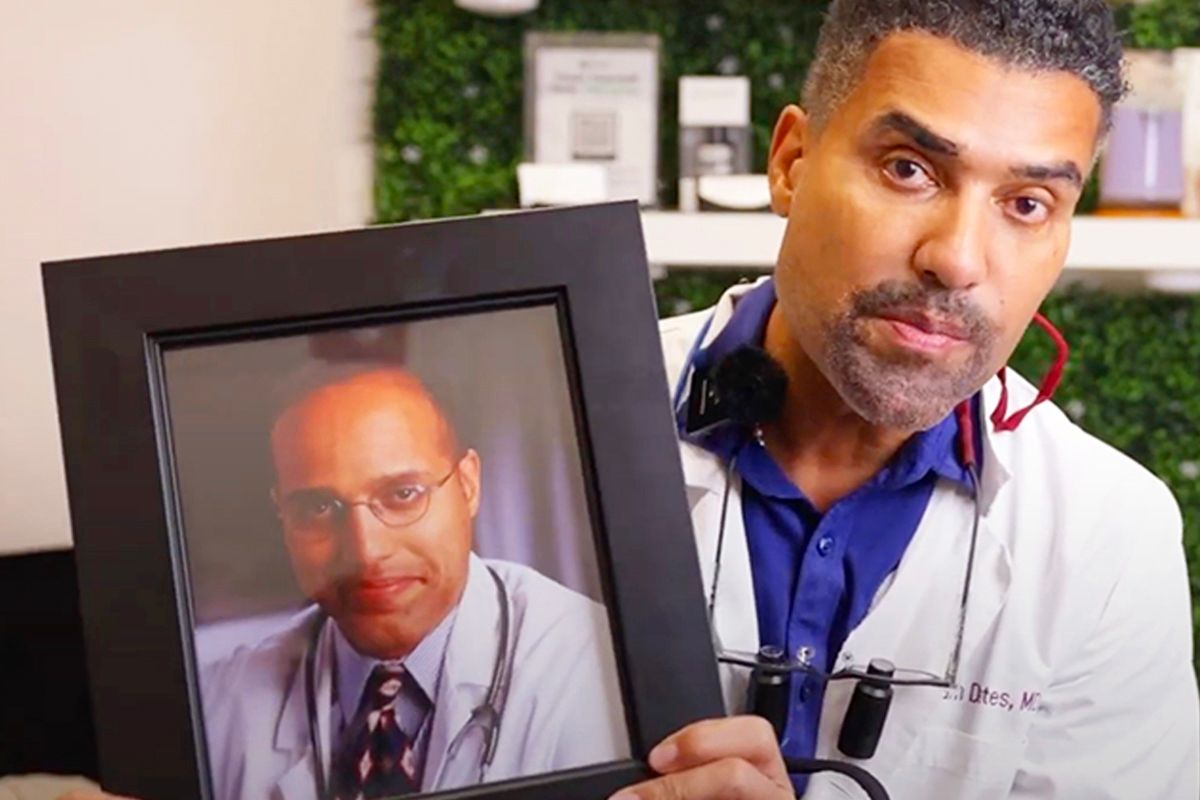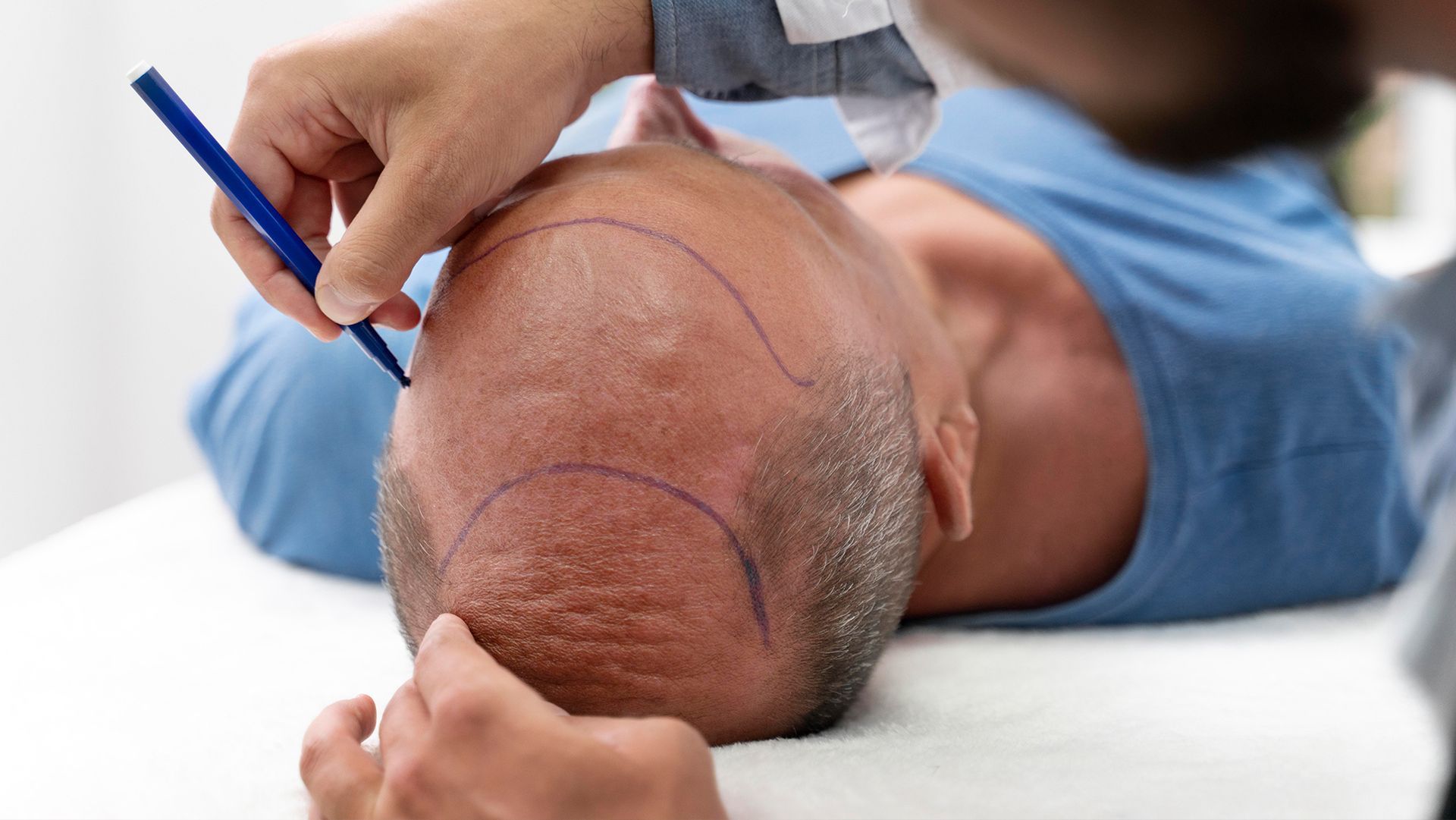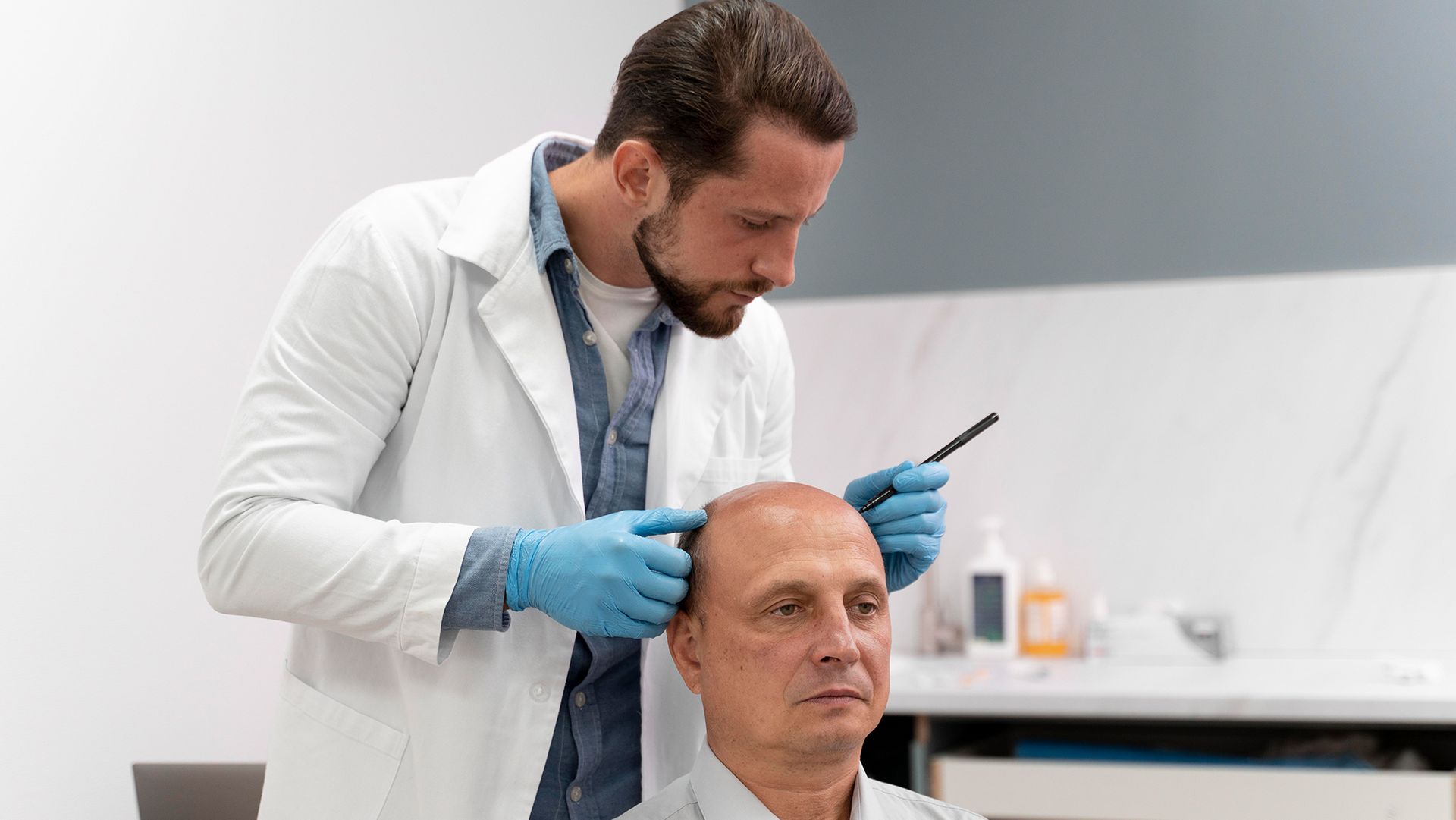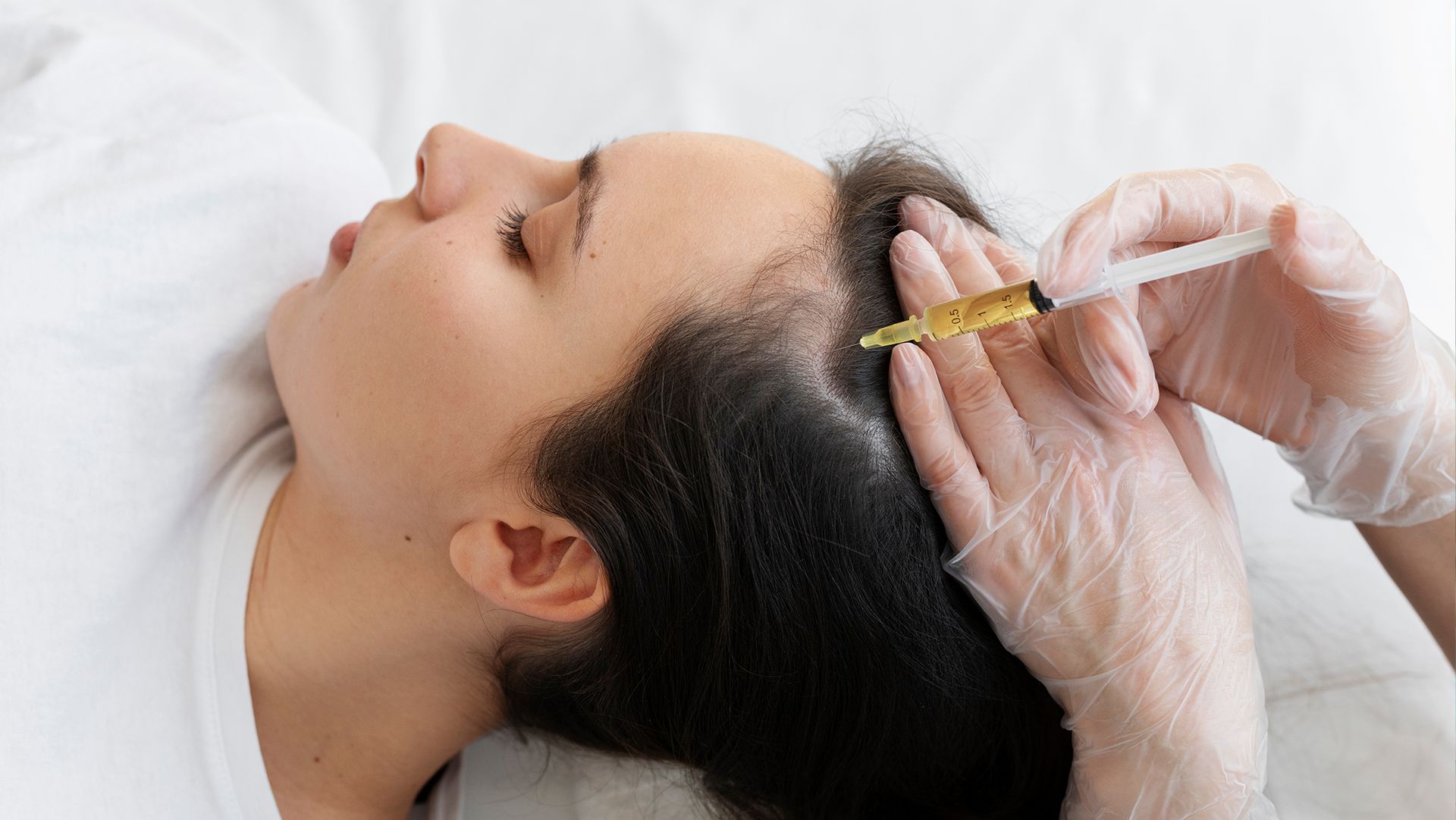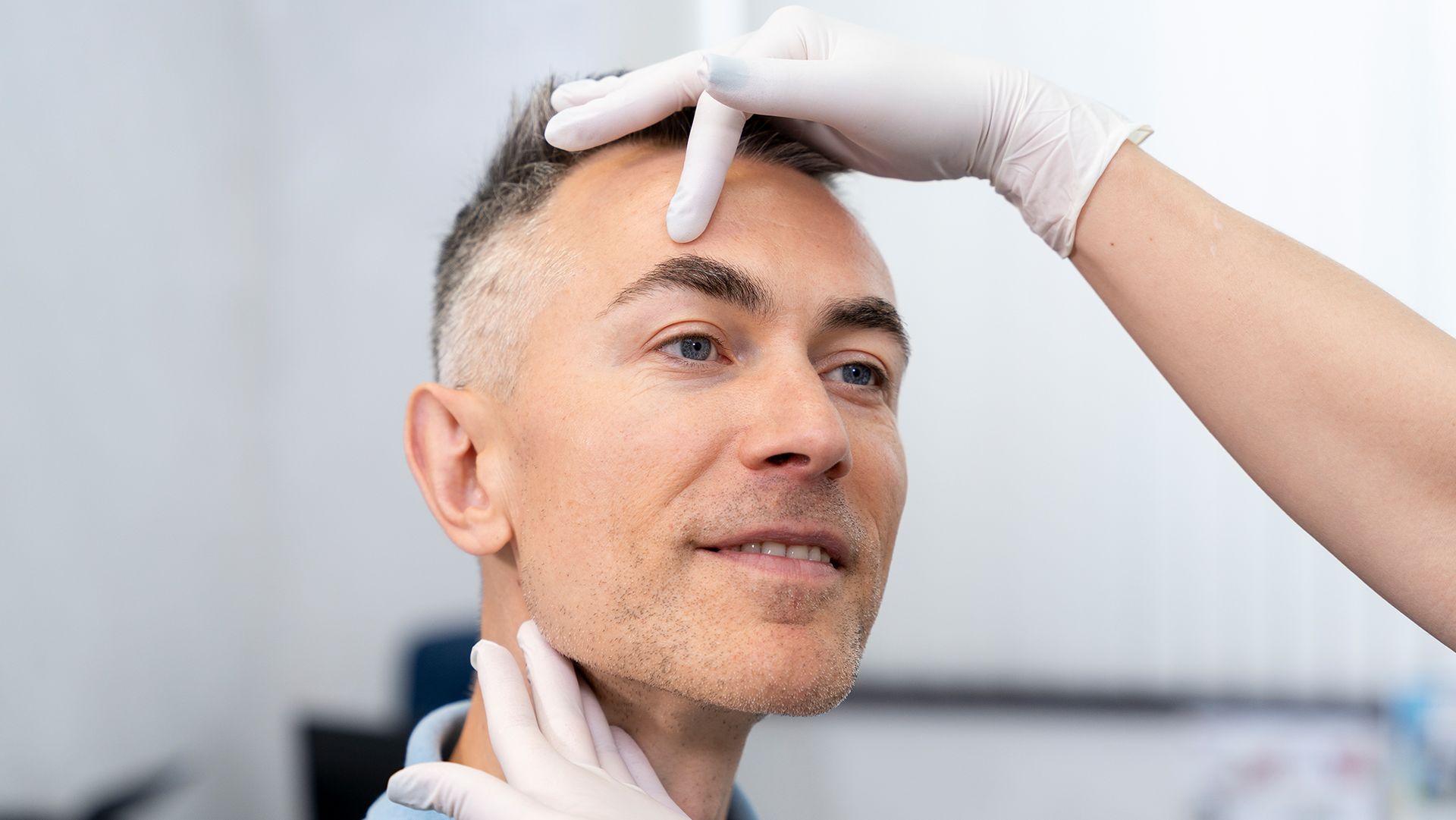Hair Transplant Pain: How to Deal with the Side Effects
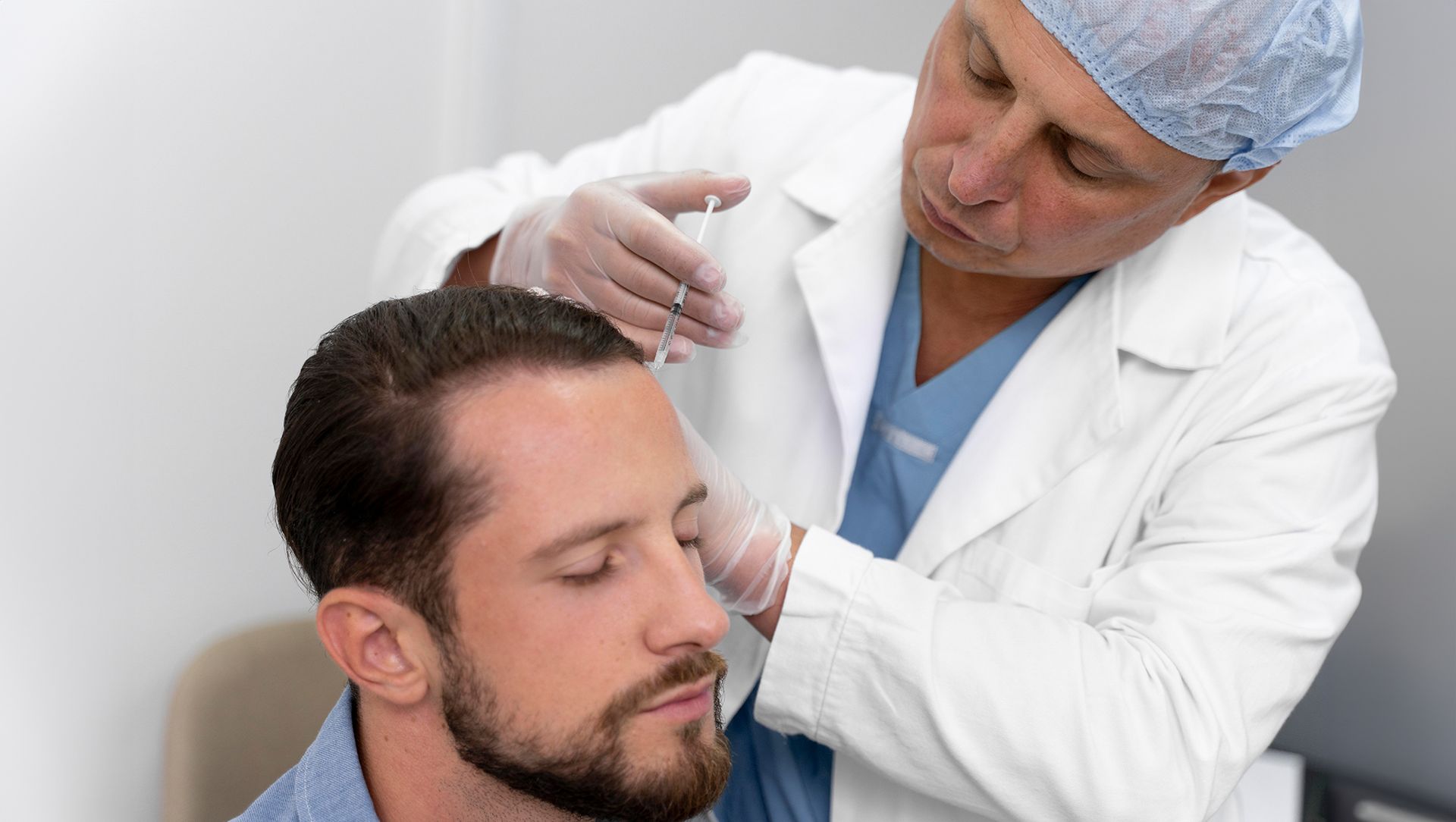
Like other surgical procedures, a hair transplant can result in several side effects. Usually, it’s common to experience different levels of pain.
It helps to know what these are to understand how to aid them. This way, you can maintain comfort during recovery and appreciate the results of your treatment better.
Here are a few common side effects that cause hair transplant pain and how to handle them.
Typical Hair Transplant Side Effects
You want to look into the possible side effects you might encounter when you get a hair transplant. Understanding these helps you get an idea of what you should do to prevent further complications.
At the same time, it helps you recover sooner. And so, it allows you to enjoy your day-to-day life without worrying too much about your grafts and surgery.
The following are some of the common side effects:
Pain
Surgeons normally give you a general anesthetic before your hair transplant, so you will likely feel no pain during the process. But once it wears off, you can expect the level of pain you experience to vary based on your tolerance.
While it can feel bad right after your surgery, it often fades in a few days. For others, it may feel more uncomfortable than painful. When it reaches the mild pain stage, you can expect it to last a few weeks before going away completely.
If it persists or worsens, you want to get in touch with your surgeon to check your surgery and ensure everything is still in place.
Scarring
One thing most doctors warn you about before you get a hair transplant is that it can result in scarring. But most of the time, it varies based on the type of procedure you choose.
Follicular unit transplantation requires the use of a scalpel, so you can expect stitches after the procedure. On the other hand, a follicular unit extraction uses a different technique that creates smaller, less noticeable scars. Either way, you can still expect them as an after-effect.
Swelling
Some people experience swelling after a hair transplant, from the surgical sites to the forehead and eyes. Even so, these are often a temporary side effect.
Be sure you keep track of the inflammation to ensure it doesn’t worsen. You also want to be sure it doesn’t disrupt your daily life, such as by blocking your eye view.
Bleeding
Bleeding is common right after or a few days past the procedure completion. Usually, you will notice this where the harvested and implanted hair follicles are.
Moreover, bleeding can occur when you apply too much pressure or force to your hair follicles. So, without proper care, it can disrupt the final results.
Itching
It’s common to feel itchy after invasive treatments, mainly because that’s how the body normally reacts to such instances. While it may cause discomfort, it’s also a sign of physical healing.
Keep in mind that it’s crucial to make sure you handle your scalp with care when it itches. Otherwise, you might end up with bigger wounds or affecting the grafts.
Infections
With surgeries, you can expect to be more prone to infections later, especially when you mishandle your stitches and other surgery sites. Because of this, most people recommend choosing a clinic that prioritizes hygiene to reduce the risk.
Still, infections can move as quickly when there’s an opening. It’s good to focus on proper care and following your surgeon’s instructions diligently to prevent these.
Crusting
It’s normal to notice crusting in the surgical areas after a while. These are often scabs that appear due to the body’s fluids and blood drying.
Some surgeons prevent this by carefully washing and spraying the scalp during surgery. If not, you may have to do it yourself. Just be sure to do it with extra care.
How to Aid Hair Transplant Pain Side Effects
Knowing the common reasons you get hair transplant pain is one thing, but it’s just as important to learn how to aid them. It helps you prevent complications and ensures your new hair follicles stay healthy.
The following are a few ways to consider:
Take Medication
One of the most common ways to relieve yourself of hair transplant pain is by taking the right medication. At the same time, it helps you control any side effects before they worsen.
Keep in mind that not all medication works for everything. If your doctor prescribes anything, you want to be sure you follow it accordingly, from frequency to application. Aside from painkillers, you can also look into antihistamines, and fever meds.
Remember that it takes a while for the
hair to start growing. So, you want to focus on healing as soon as possible to reduce the pain you’re experiencing.
Be Gentle
Coming fresh from a hair transplant clinic means your scalp will be very sensitive for a while, especially when you have a lot of grafts. The gentler you are, the better they will grow!
Gentleness doesn’t only apply to the way you handle your hair and scalp. It also considers how you take care of it later, especially when it requires you to handle the surgical sites directly.
A few examples include washing your hair with mild shampoo and cleaning bleeding areas.
Try a Cold Compress
If you notice your nausea after your procedure, most people recommend applying a cold compress to your forehead. Be sure to avoid the surgical sites if you’re doing this in the first few weeks after your procedure.
By applying a cold compress to your forehead, you can regulate your body temperature, address dizziness, and maintain pain in your surgical sites.
In Closing
Hair transplant pain comes in different forms, from discomfort to wounding. The key to understanding how to deal with it is learning about the common side effects and how to address them.
Doing so is a great way to make your recovery smoother and ensure you get the best results possible while you heal. Even so, you want to follow your surgeon’s instructions with utmost care.
This way, you can enjoy excellent outcomes without worrying about the condition of your health after.
